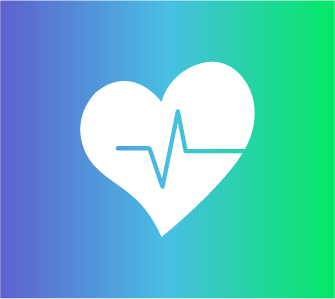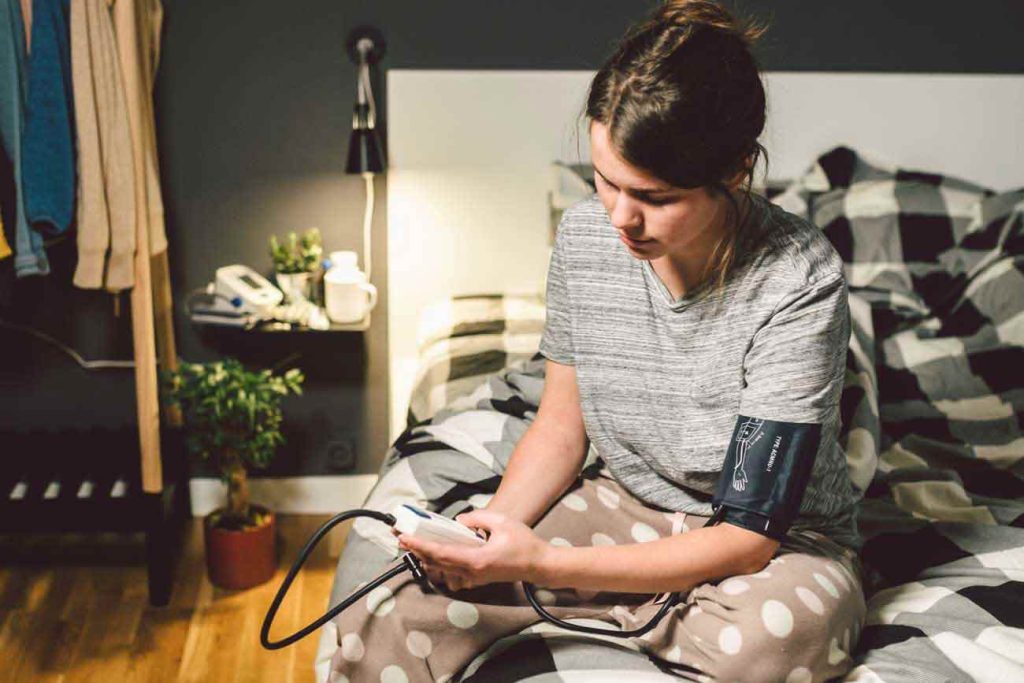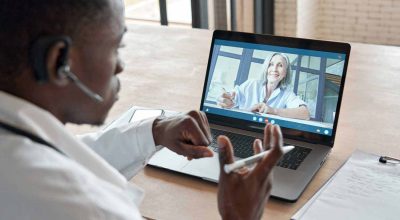If you check your medicine cabinet for “medical devices”, it’s likely you’ll find a thermometer and maybe a neti pot, or an ear suction tube. Like most homes, we keep first aid supplies on hand and we have basic diagnostic capabilities for things like temperature or heart rate (through our phones, which may not be precise). Most people, however, don’t have simple and inexpensive devices that can have a profound effect on our health when we use them on a regular basis.
When you go to the doctor’s office, in addition to the intake forms they give you, they’re going to take a baseline of your readings. These include but are not limited to:
- Heart rate
- Blood pressure
- Blood oxygenation
- Temperature
These measurements, taken over time can give your physician a basic understanding of how healthy you are. Elevated blood pressure means a change in your baseline, and usually requires a lifestyle change or medication.
But if you have some of these basic instruments at home, you can dramatically improve your ability to communicate with your doctor about your health, both in-person and through telehealth. Here are five accessible medical devices you can use at home and how they can improve your health-monitoring.
Pulse Oximeter
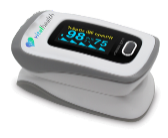
A pulse oximeter measures the amount of oxygen in your blood. This can be useful for a variety of reasons:
- Getting a baseline of blood oxygenation during an infection like pneumonia or COVID-19 can help you understand when things are starting to get dangerous and you need to see a doctor.
- Blood oxygen levels before and after exercise can help you determine cardiovascular fitness.
- Your levels of blood oxygenation can drop dramatically in the event of a blood clot or embolus which, though rare, is life-threatening and can be another factor that helps your doctor determine if there’s something seriously wrong.
These devices can usually be purchased online or from your local pharmacy and are incredibly easy to use and relatively inexpensive. They simply clip to your finger, and they often give you heart rate data as well. Checking your blood oxygen daily or weekly and tracking it can be a good indicator when you start to feel off that there might be an underlying condition.
Blood Glucose Monitors
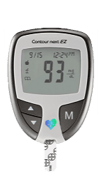
For those with type 1 or 2 diabetes, tracking your blood glucose is vital. If you have type 2 diabetes, knowing how your medicine and possibly insulin is affecting your blood glucose, as well as your dietary and exercise interventions, is critical to help with your condition. For type 1 diabetics, it’s a matter of life and death staying within the optimal range, and knowing what and when to eat.
Even if you haven’t been diagnosed with diabetes, using a blood glucose monitor can be an inexpensive way to track your health. For most people, blood glucose shouldn’t rise considerably after a meal, but for those with prediabetes or insulin resistance, it will. If you haven’t been diagnosed with type 2 diabetes but you are at risk for developing it, or you have a family history of it, knowing how your blood glucose fluctuates after a meal is vital to understanding your risk.
Blood Pressure Cuffs
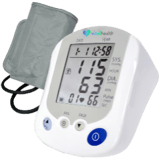
For those with high or low blood pressure, keeping an eye on it is important. A simple blood pressure setup can save you time in visiting your doctor or the pharmacy to have your blood pressure measured, and it gives you a clear indication of whether your interventions are working to improve your condition.
These can usually be bought through a medical supply company, which will be suggested by your physician in many cases. They can also be covered by some insurance plans.
Heart Rate Monitor

While a pulse oximeter can measure your heart rate, a quality heart rate monitor is nice to have as well. Smartwatches are a good place to start, as they provide many other benefits in addition to health measurement tracking and can give you access to other health monitoring abilities.
For an adult, a healthy, normal heart rate falls between 80-100 beats per minute. Lower than that usually indicates a healthier heart, and above that indicates something is off. It can be as simple as carrying around extra weight, but if your heart rate begins to fluctuate too much, it can be a sign that you need to speak with your doctor as soon as possible.
Bathroom Scale
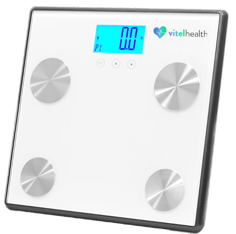
Being in a healthy weight range can be a good predictor of health, and being dramatically over or under a healthy weight can put you at risk for many dangerous conditions, like heart disease and diabetes. Taking your weight weekly can help you stay on track with weight loss goals as well and shows you how weight can fluctuate over time. A steadily decreasing number on the scale can indicate the efficacy of a diet and fitness regime, but it can also tell you if there’s some underlying condition like Celiac’s Disease where you’re not getting nutrition correctly and are losing weight because of it.
Home Health Metrics & Virtual Visits
Being able to take home health metrics with these devices is a great way to help inform your doctor when you do a telehealth visit. If they can’t physically see you but you have this crucial data, they can better make a diagnosis, and being able to measure these metrics on a regular basis can help you stay on top of your health.
Knowing how to help your doctor before you see them because you’ve measured fluctuations in your baseline data, or when to see your doctor because of these fluctuations can have a dramatic impact on your life and your health.

